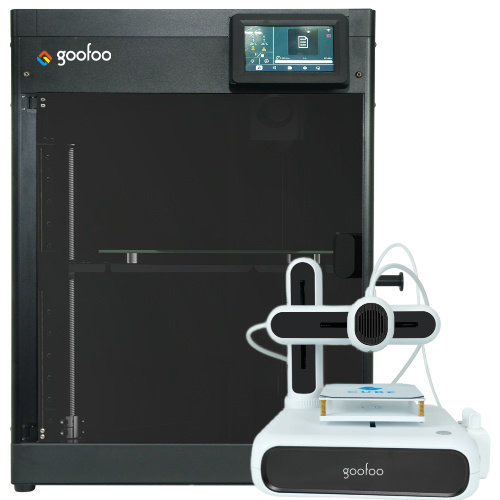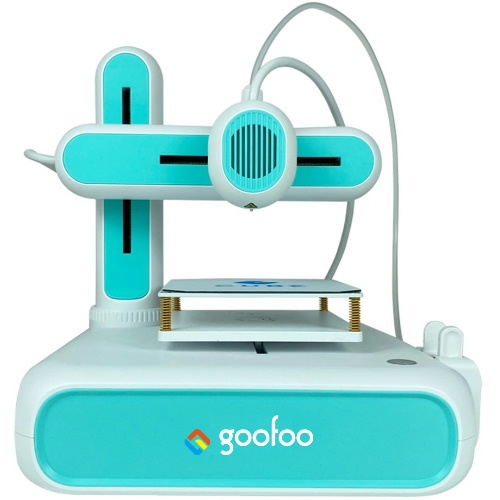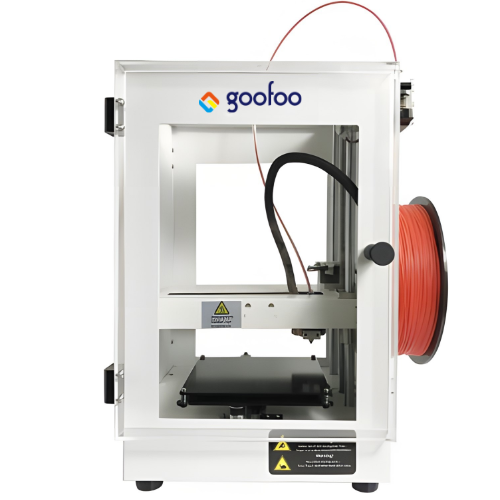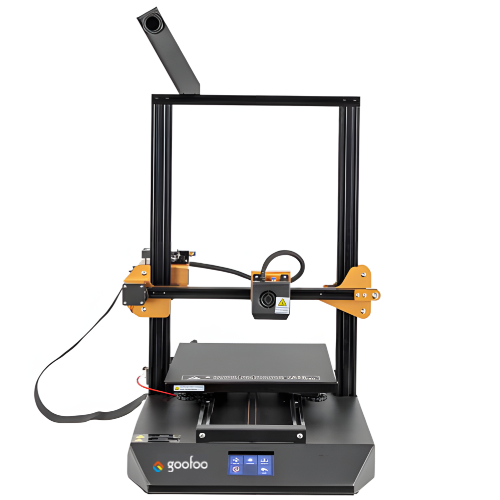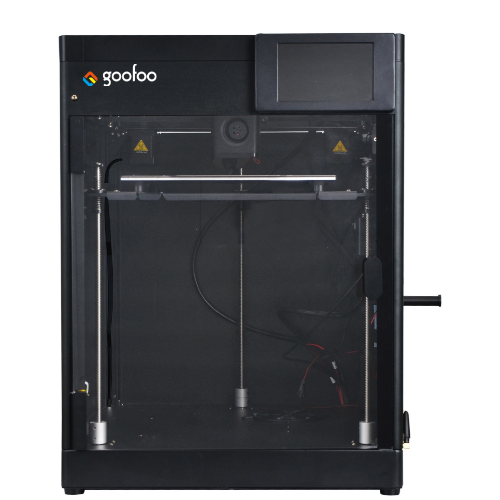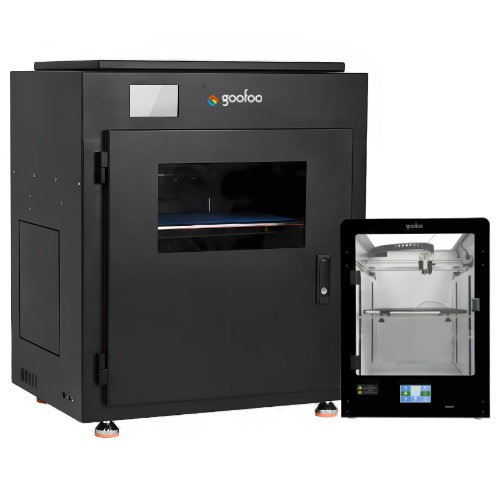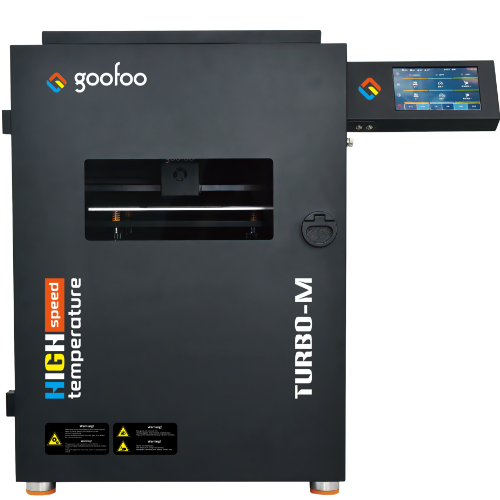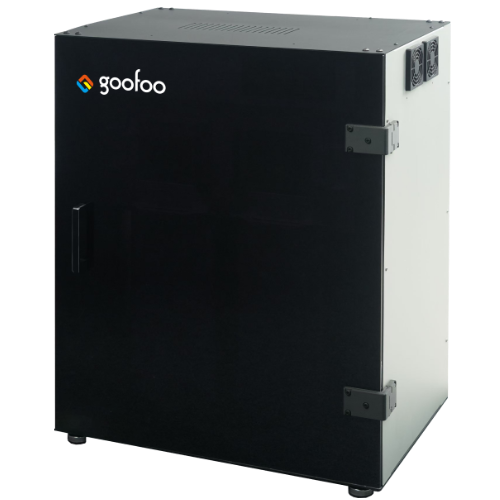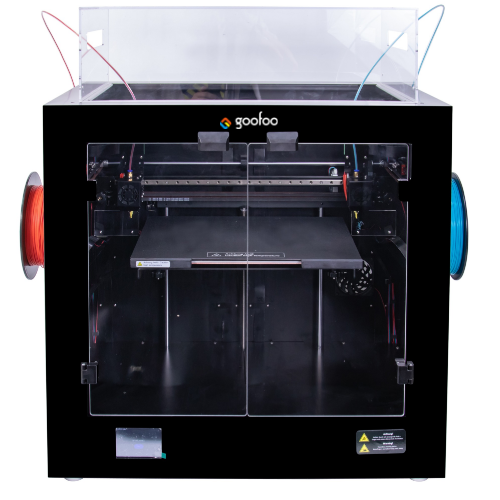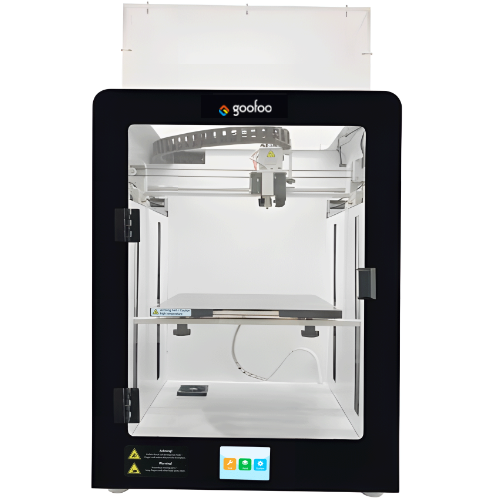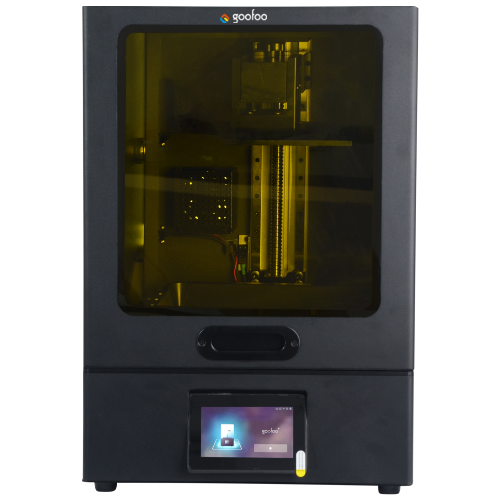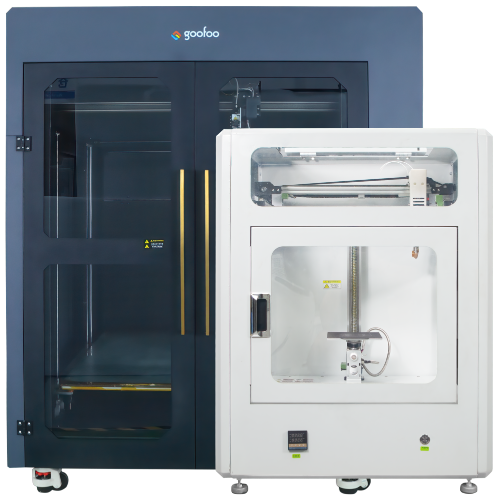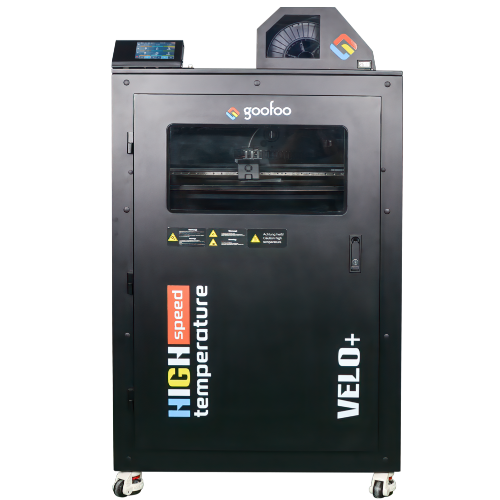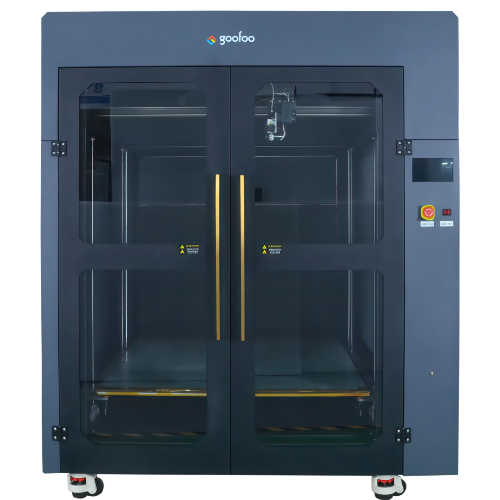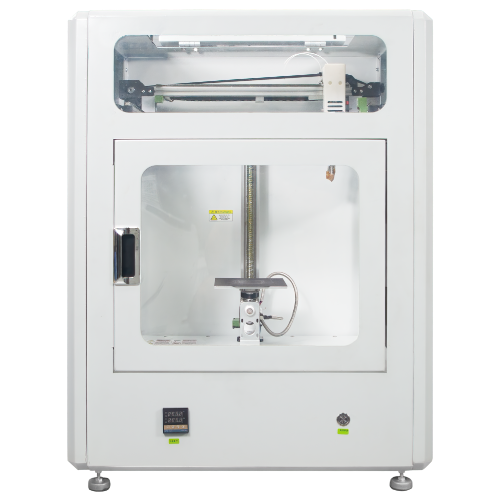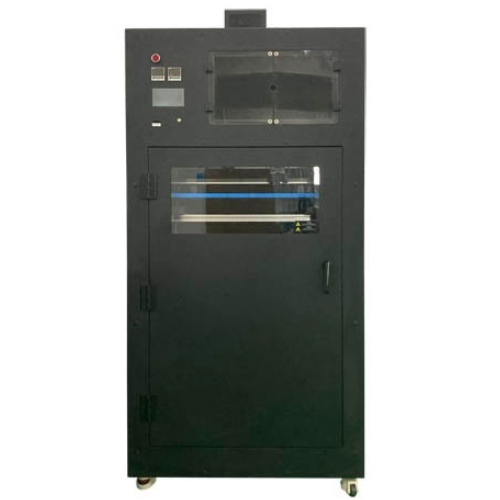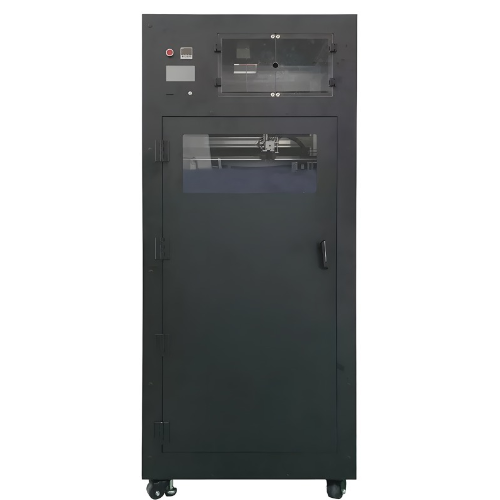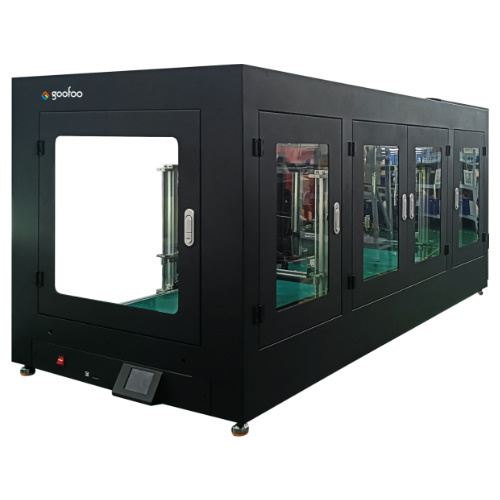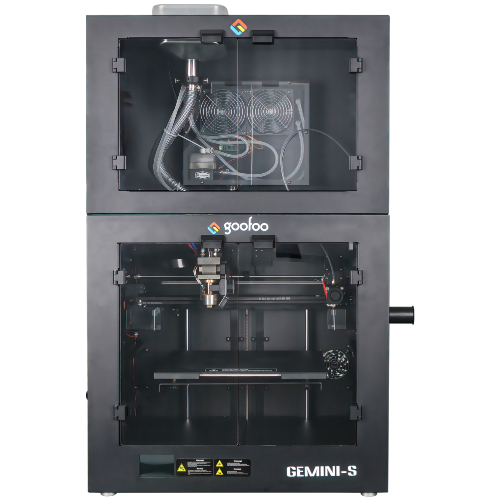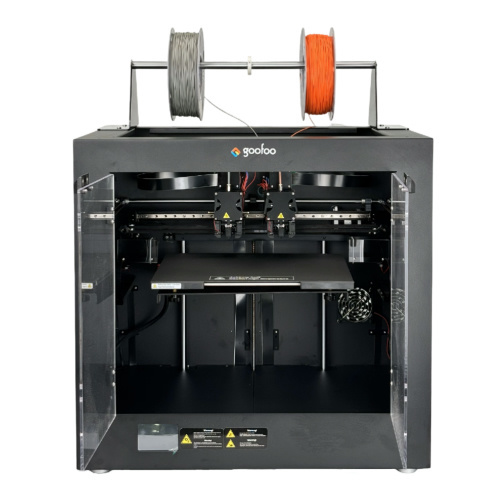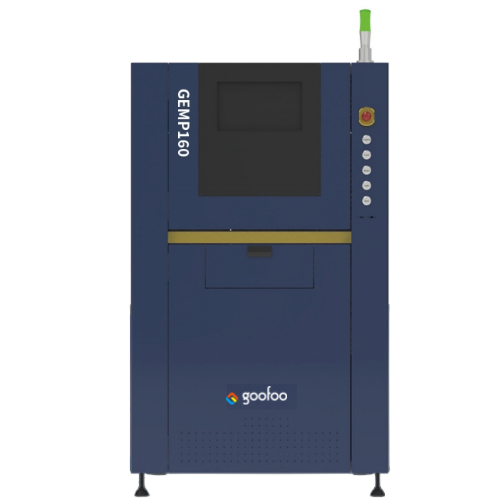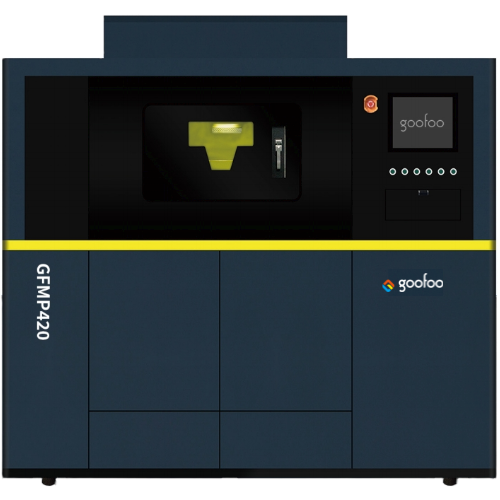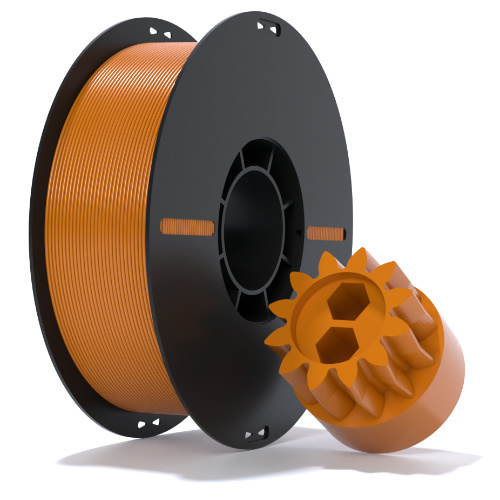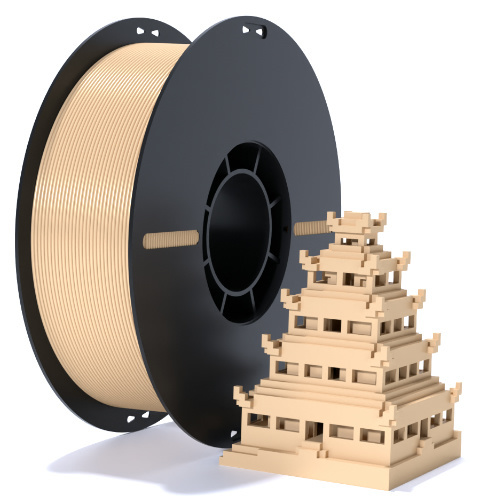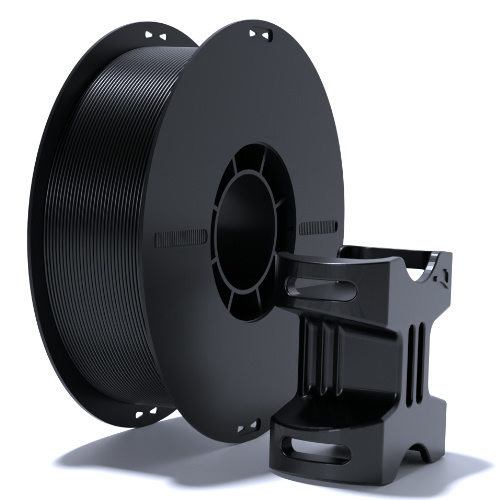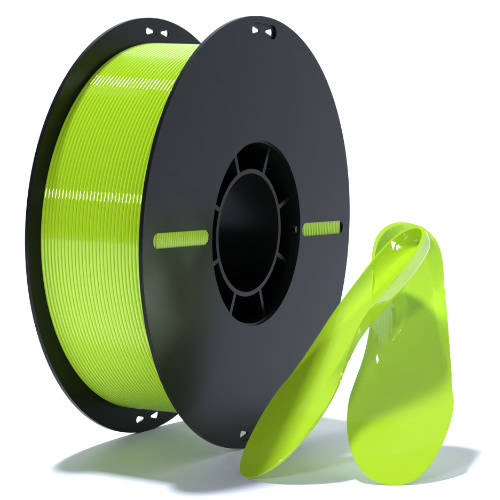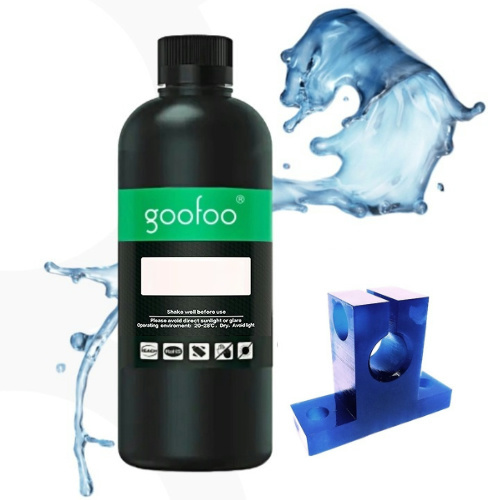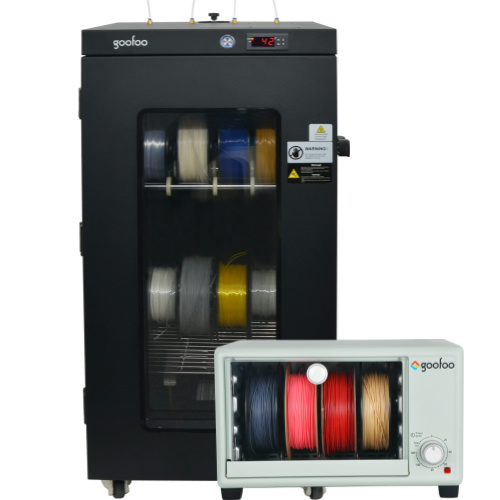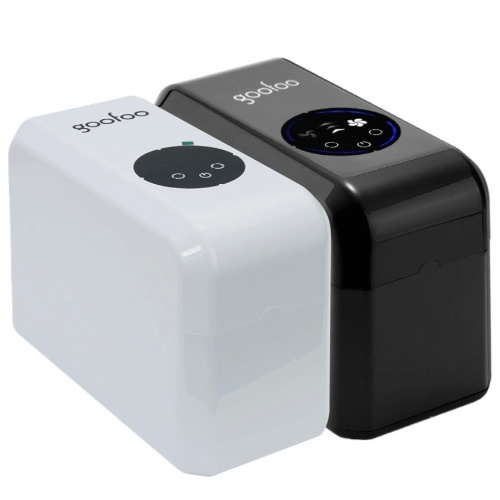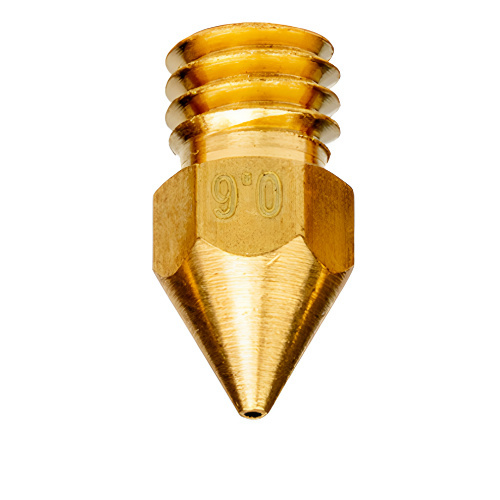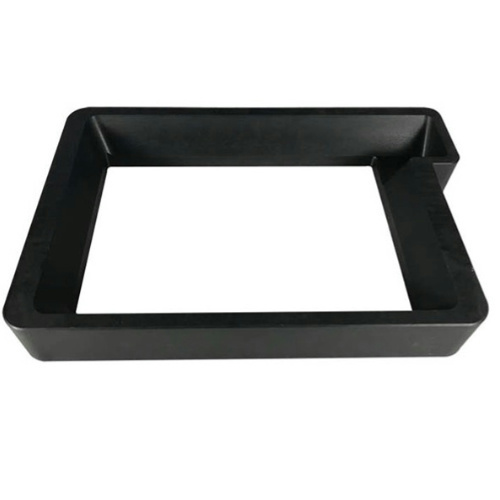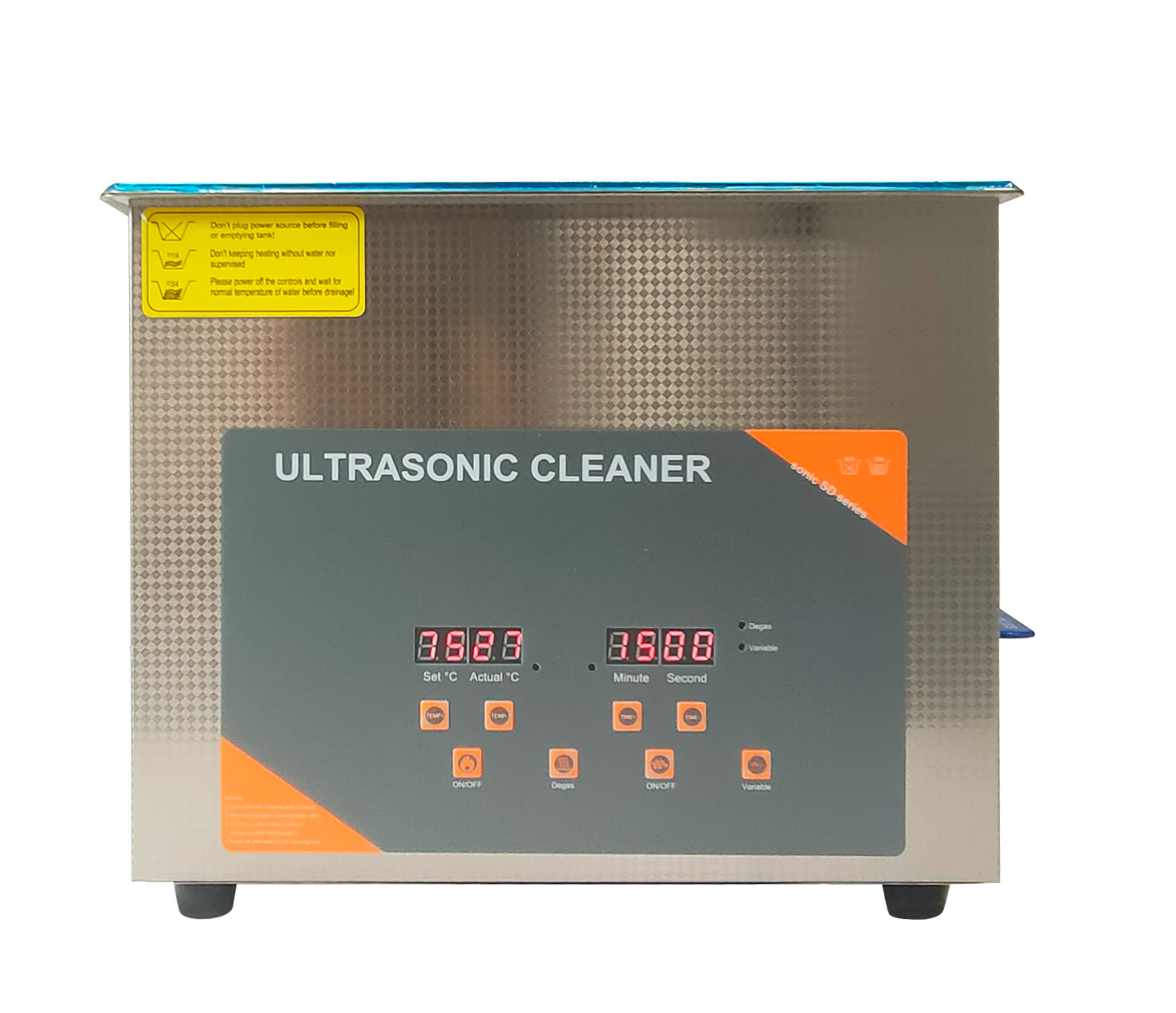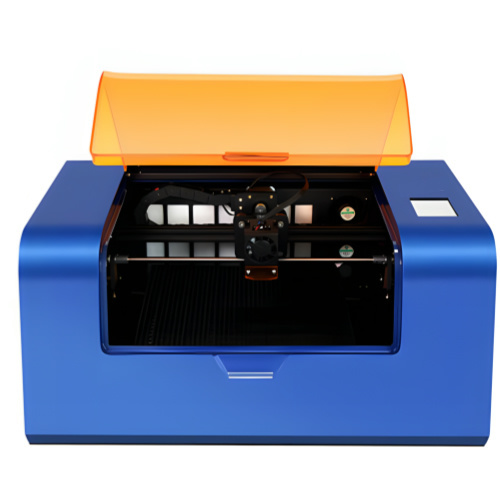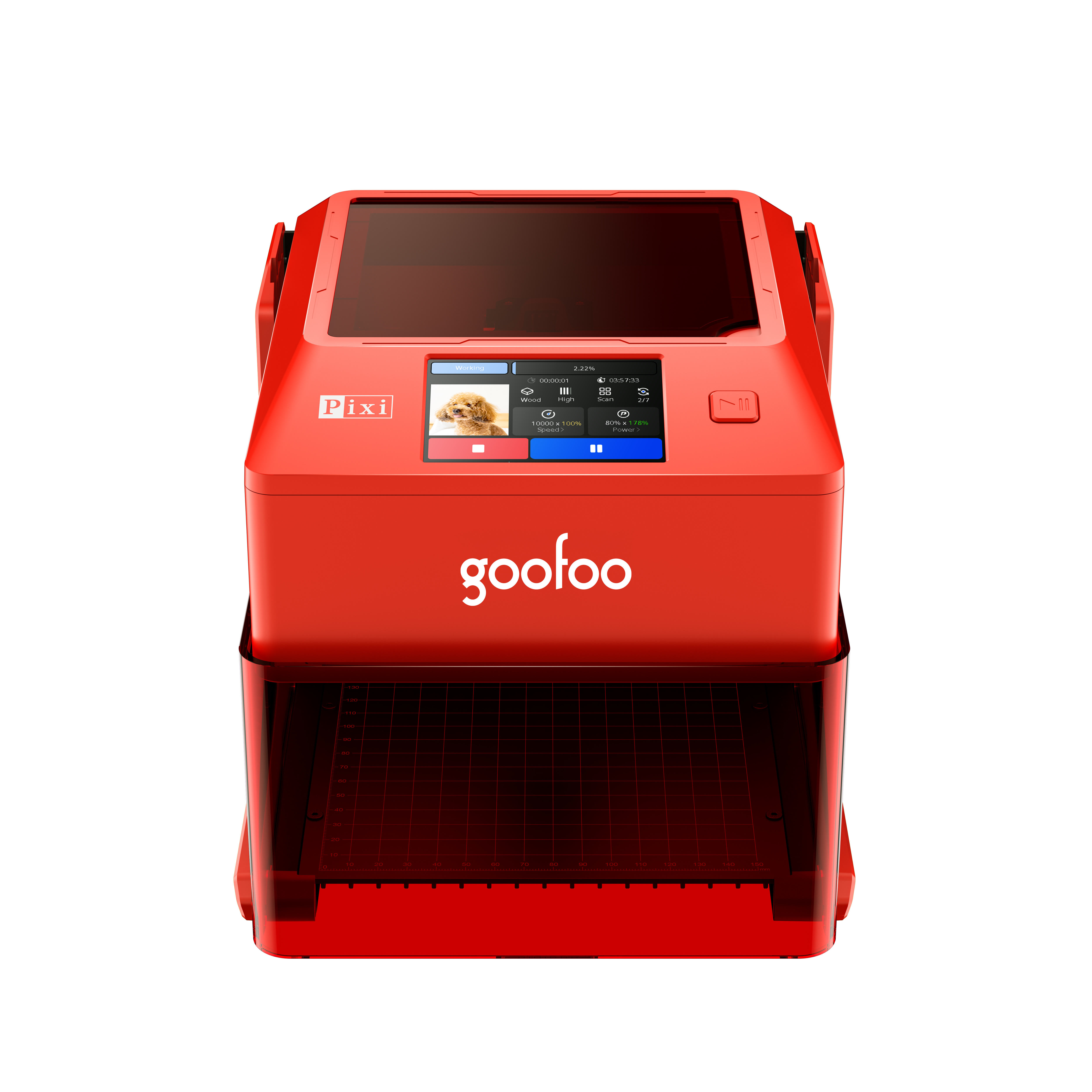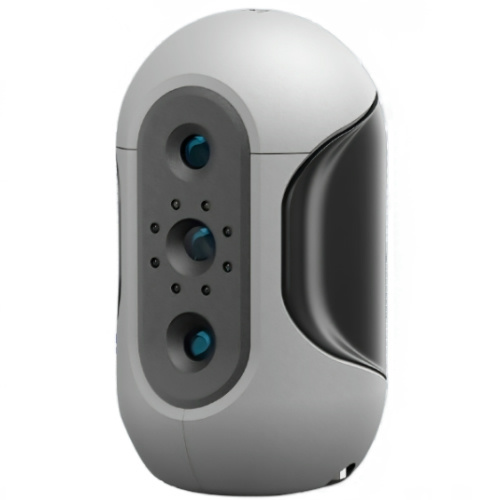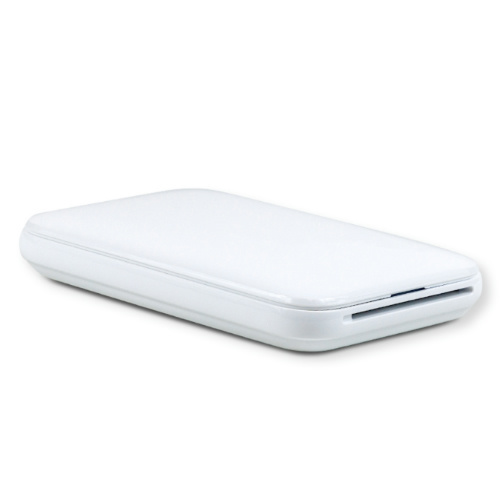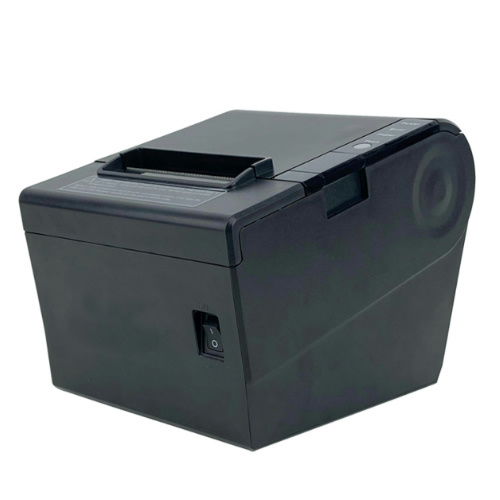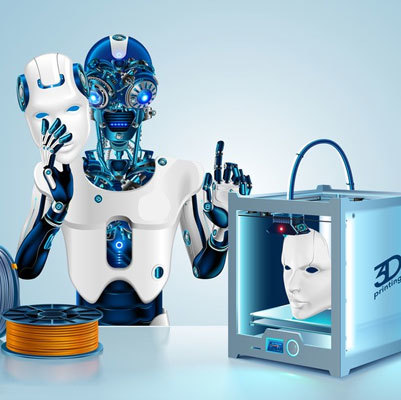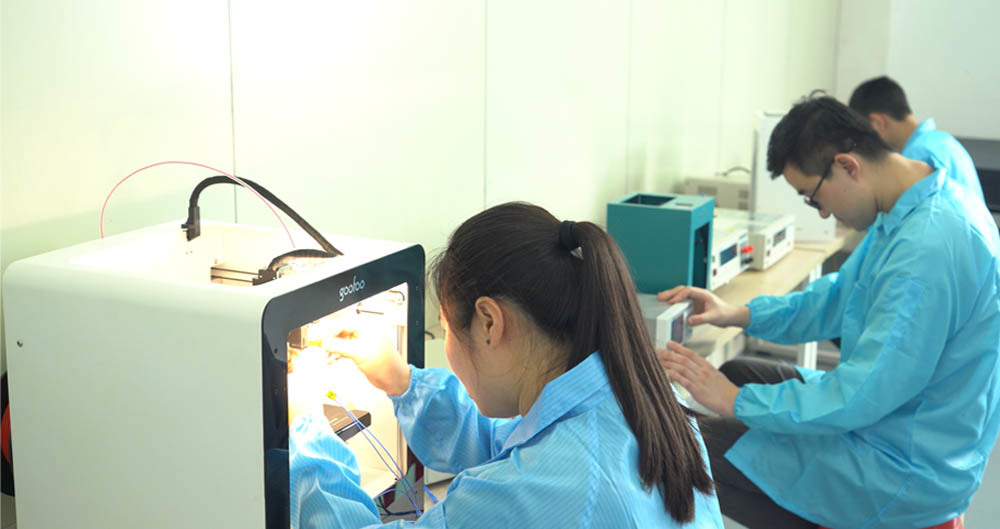All Categories
Embracing the Era of Personalized Production through 3D Printing
2025-07-31 16:40
Embracing the Era of Personalized Production through 3D Printing
Table of Contents
- 1. Introduction to 3D Printing and Personalized Production
- 2. Understanding 3D Printing Technology
- 3. The Benefits of Personalized Production through 3D Printing
- 4. Applications of 3D Printing in Diverse Industries
- 5. Challenges and Limitations of 3D Printing
- 6. The Future of 3D Printing and Personalized Production
- 7. Real-World Examples of Successful 3D Printing
- 8. Frequently Asked Questions About 3D Printing
- 9. Conclusion
1. Introduction to 3D Printing and Personalized Production
In recent years, **3D printing technology** has emerged as a revolutionary force in the world of manufacturing and production. This innovative technology allows for the creation of three-dimensional objects from a digital file, transforming how we conceive and produce goods. As we step into an era characterized by **personalized production**, 3D printing is at the forefront, enabling businesses and consumers to design and manufacture customized products that cater to individual needs and preferences.
Personalization has become a critical aspect of consumer behavior, with individuals increasingly seeking products that reflect their unique identities. **3D printing** not only facilitates this customization but does so with remarkable efficiency and cost-effectiveness. In this article, we will delve deep into the fascinating world of 3D printing, exploring its applications, benefits, challenges, and future potential in the realm of personalized production.
2. Understanding 3D Printing Technology
3D printing, also known as additive manufacturing, involves the layer-by-layer addition of materials to create a solid object. This process begins with a digital model, typically created using **Computer-Aided Design (CAD)** software. The model is sliced into thin horizontal layers, which the 3D printer then uses to build the object from the bottom up.
There are several types of 3D printing technologies, each with its own set of materials and processes, including:
2.1 Fused Deposition Modeling (FDM)
FDM is one of the most common 3D printing methods, utilizing thermoplastic materials that are heated and extruded through a nozzle. This technique is widely used for prototyping and producing functional parts.
2.2 Stereolithography (SLA)
SLA employs a UV laser to cure liquid resin into solid layers, offering high precision and detail. It is often used in industries requiring intricate designs, such as jewelry and dental applications.
2.3 Selective Laser Sintering (SLS)
SLS uses a laser to fuse powdered materials, creating durable and intricate structures. It is frequently used in aerospace and automotive industries for producing complex parts.
2.4 Digital Light Processing (DLP)
Similar to SLA, DLP uses light to cure resin but projects an entire layer at once, making it faster than traditional SLA methods. DLP is ideal for creating high-resolution models.
Understanding these technologies is crucial for businesses looking to harness the power of 3D printing in their production processes.
3. The Benefits of Personalized Production through 3D Printing
The rise of 3D printing has brought forth numerous advantages in personalized production, including:
3.1 Increased Customization
3D printing allows for a level of customization that was previously unattainable in traditional manufacturing. Consumers can design products that meet their specific requirements, leading to heightened satisfaction and loyalty.
3.2 Reduced Lead Times
With 3D printing, products can be designed, manufactured, and delivered in a fraction of the time compared to conventional methods. This swift production cycle is particularly beneficial for businesses looking to respond quickly to market demands.
3.3 Cost-Effectiveness
By minimizing waste and reducing the need for extensive tooling, 3D printing can significantly lower production costs. This makes it feasible for small businesses and startups to enter competitive markets.
3.4 Sustainability
3D printing promotes sustainability by enabling localized production, reducing transportation emissions, and minimizing material waste. As consumers become more environmentally conscious, businesses that adopt sustainable practices gain a competitive edge.
3.5 Enhanced Innovation
The flexibility of 3D printing encourages creativity and innovation. Designers can experiment with new shapes, materials, and functions, leading to breakthroughs in product development.
4. Applications of 3D Printing in Diverse Industries
3D printing technology is being utilized across various sectors, transforming traditional practices and enabling personalized production. Here are some notable applications:
4.1 Healthcare
In the healthcare industry, 3D printing is used to create customized prosthetics, dental implants, and even bioprinted tissues. Surgeons can also use 3D-printed models to practice complex procedures, enhancing patient outcomes.
4.2 Automotive
Automotive manufacturers leverage 3D printing for rapid prototyping, producing lightweight components, and customizing interior features. This technology allows for faster design iterations and improved performance.
4.4 Fashion and Jewelry
The fashion industry is embracing 3D printing to create unique clothing, accessories, and jewelry. Designers can produce intricate patterns and designs that are difficult to achieve through traditional methods, offering consumers exclusive pieces.
4.5 Aerospace
Aerospace companies utilize 3D printing for producing lightweight parts, reducing fuel consumption, and enhancing the overall efficiency of aircraft. The ability to create complex geometries leads to significant weight savings.
5. Challenges and Limitations of 3D Printing
Despite its numerous advantages, 3D printing faces several challenges and limitations that businesses must consider:
5.1 Material Limitations
While the range of materials for 3D printing is expanding, certain applications still require materials that are not yet compatible with existing technologies. This can restrict the industries that can fully utilize 3D printing.
5.2 Quality Control
Ensuring the consistency and quality of 3D-printed products can be difficult. Variations in temperature, material properties, and printer calibration may lead to defects.
5.3 Intellectual Property Concerns
The ease of copying and reproducing designs raises significant intellectual property issues. Businesses must navigate these concerns to protect their innovations while fostering a collaborative environment.
5.4 Regulatory Challenges
In highly regulated industries like healthcare and aerospace, gaining approval for 3D-printed products can be complicated. Companies must adhere to stringent standards, which can slow down the adoption of 3D printing technologies.
6. The Future of 3D Printing and Personalized Production
The future of 3D printing holds tremendous potential for personalized production. As technologies advance, we can expect to see:
6.1 Enhanced Materials
New materials, including bio-compatible materials for healthcare and advanced composites for aerospace, will broaden the scope of 3D printing applications.
6.2 Integration with AI and Automation
The integration of artificial intelligence and automation will streamline the design and production process, enabling even greater customization and efficiency.
6.3 Expanded Market Accessibility
As the costs of 3D printers and materials decrease, more businesses and consumers will gain access to personalized production capabilities, democratizing the manufacturing landscape.
6.4 Sustainability Innovations
The focus on sustainability will continue to drive innovations in 3D printing processes, materials, and designs, making it an even more appealing option for environmentally conscious consumers and businesses.
7. Real-World Examples of Successful 3D Printing
Numerous companies have successfully implemented 3D printing technology to enhance personalized production:
7.1 Nike
Nike utilizes 3D printing to create customized footwear, allowing consumers to design shoes tailored to their preferences while optimizing performance.
7.2 Stratasys
Stratasys, a leader in 3D printing, has developed solutions for the aerospace sector, producing lightweight parts that contribute to fuel efficiency and performance.
7.3 Materialise
Materialise has pioneered 3D printing solutions for the healthcare industry, offering customized surgical guides and patient-specific implants that improve surgical outcomes.
8. Frequently Asked Questions About 3D Printing
8.1 What industries can benefit from 3D printing?
3D printing has applications across various industries, including healthcare, automotive, aerospace, fashion, and consumer products.
8.2 Is 3D printing cost-effective for small businesses?
Yes, 3D printing can reduce production costs and lead times, making it an appealing option for small businesses and startups.
8.3 What types of materials can be used in 3D printing?
3D printing can utilize various materials, including plastics, metals, ceramics, and even bio-materials for healthcare applications.
8.4 How can businesses ensure the quality of 3D-printed products?
Implementing rigorous quality control measures, regular calibration, and using high-quality materials can help maintain product consistency and reliability.
8.5 Will 3D printing replace traditional manufacturing methods?
While 3D printing offers unique advantages, it is unlikely to fully replace traditional manufacturing. Instead, it will complement existing methods, particularly for personalized production.
9. Conclusion
The advent of 3D printing marks a significant turning point in manufacturing and personalized production. As this technology continues to evolve, it will transform how we design, create, and consume products, fostering greater customization, sustainability, and innovation. Businesses that embrace 3D printing will not only stand out in a competitive landscape but also meet the growing demand for personalized solutions. By understanding the intricacies of this technology and its potential applications, organizations can position themselves at the forefront of the **personalized production movement**, driving their success in the ever-changing marketplace.
3d printer
Recommended News
language
English
العربية
বাংলাদেশ
Български
Hrvatski
Česky
Dansk
Nederland
 Esperanto
Esperanto
Slovenski
Filipino
Suomi
Français
Maori
 Shqiptare
Shqiptare
Georgian
 Euskara
Euskara
Deutsch
Ελλάδα
ישראל
इंडिया
Magyarország
Ísland
Indonesia
Irlanda
Italia
日本語
Sovensko
Հայաստան
한국
Kyrgyz
ປະເທດລາວ
 Zulu
Zulu
Latvian
Lithuanian
Luxembourgish
 Latinus
Latinus
Macedonian
Малайская
Maltese
Монгол улс
 Cymraeg
Cymraeg
ဗမာ
 தமிழ்
தமிழ்
नेपाल
Norge
ایران
Polska
Portugal
România
Российская
Србија
 Slovak
Slovak
Србија
 Slovak
Slovak
Bosanski
Slovenian
Беларус
España
Sverige
Точик
ประเทศไทย
Türk
Azərbaycan
Uzbek
 Afrikaans
Afrikaans
Việt Nam
Skype / WhatsApp: +86 592-5713513 / +86-13860126490
No.88-3, North Tongji Road, Xike County, Tong'an District, Xiamen, Fujian China
Xiamen Goofoo Technology Co., Ltd. All Rights Reserved 闽ICP备2022008070号-1 SEO 300.cn
Phone:+0086 592-5713513
Address: No.88-3, North Tongji Road, Xike County, Tong’an District, Xiamen, Fujian China
Email: sales@goofoo3d.com
We will give you feedback in time

